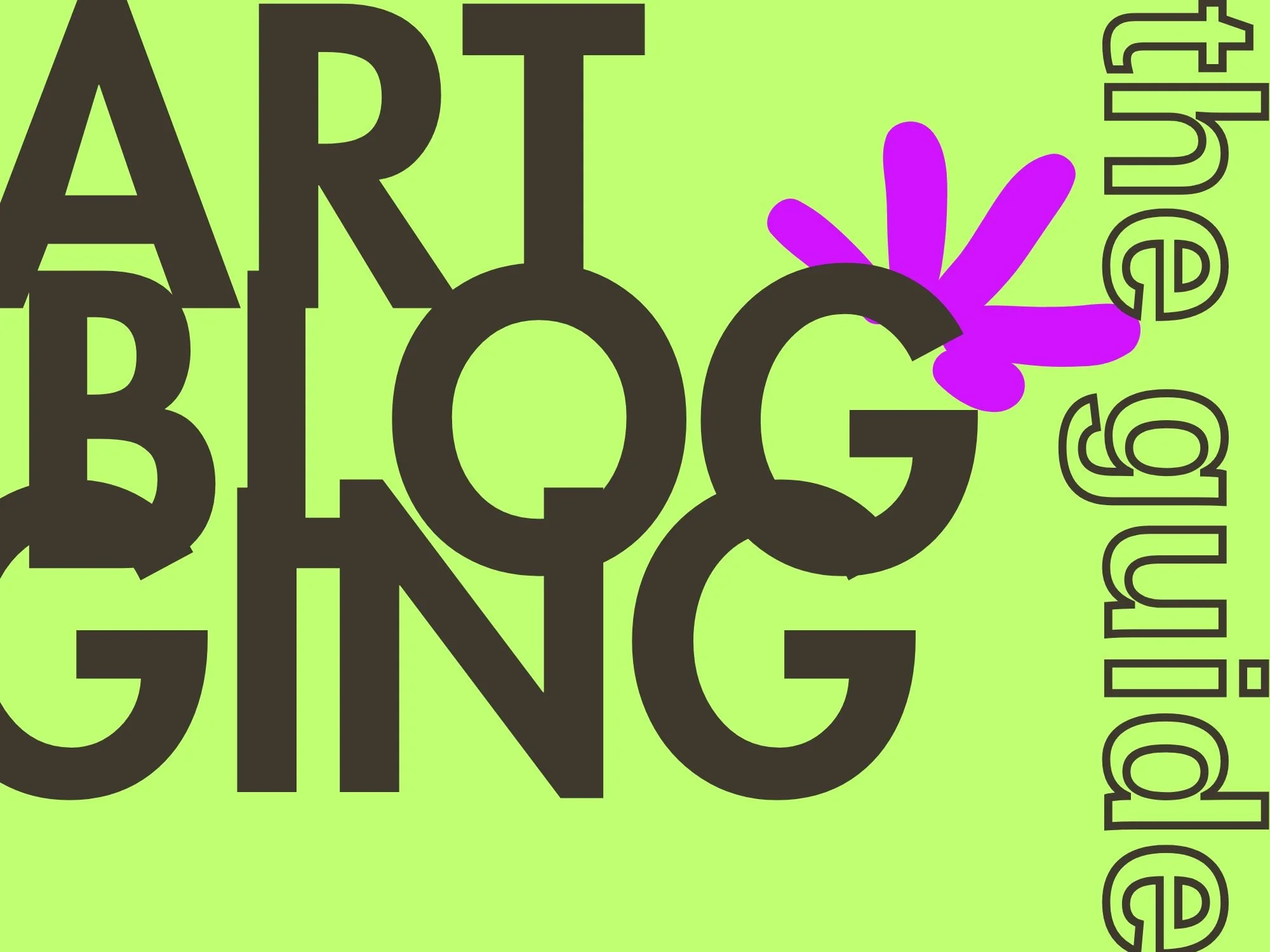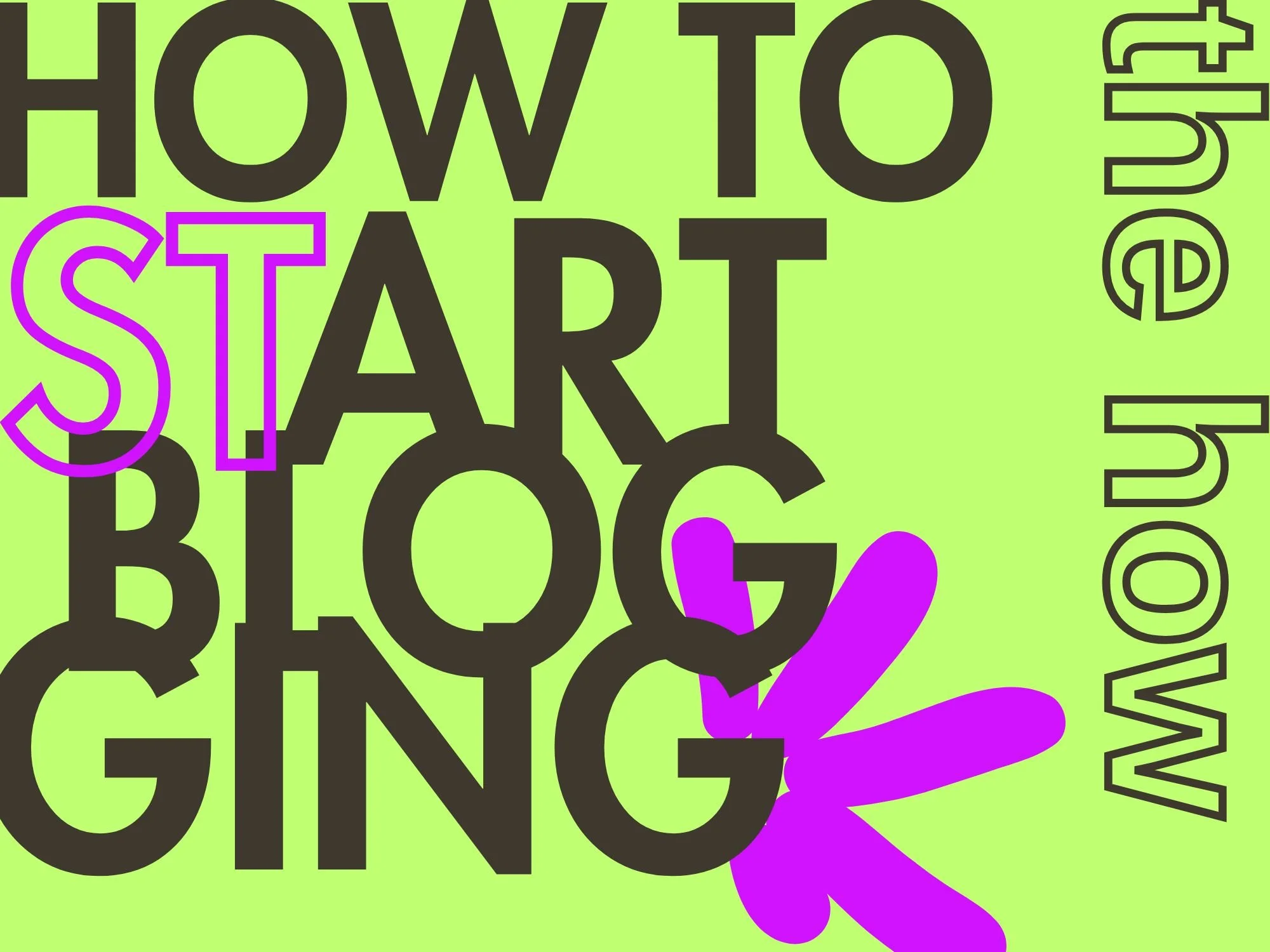How to Start An Art Blog (creative blogging 101)
I love blogging. I’ve been writing online since 2017 and grown (and failed at) a few different blogs. This site is one of my more recent blog projects.
As an artist and a musician, I see blogging as a way to boost my brand awareness and authority. It’s an awesome way to show up in AI platforms like ChatGPT and find more unique opportunities (like extra money and brand partnerships).
Plus, it’s just fun.
So in this guide, I share my exact process for how to start an art blog (or any creative blog for that matter).
Now let’s do this dang thing.
Blogging for Creatives—Why Starting An Art Blog Is Freaking Genius In 2025
My thesis? Every artist/creative should be blogging. Here’s why:
It builds brand awareness and authority in search engines AND in AI platforms like ChatGPT (*moreso than social media).
Social media is powerful and smart for online growth, but it’s not necessarily the best strategy for LLMO (large language model optimization).
LLM platforms like ChatGPT are trained on things like books, websites and long-form publicly available content (i.e., blogs).
They don’t use social media content as much because these platforms have strict terms of service that prevent third-party API access or data scraping.
I talk more about this in my post on why blogging isn’t dead.
So to put this another way, when you create blog content, you’re actually increasing your chances of showing up for keywords and conversations relevant to your domain.
This can lead to website traffic, better brand awareness, increased authority and more opportunities.
And luckily, it’s pretty simple to start an art blog. So let’s keep moving.
How to Start An Art Blog
1. What’s Your End Goal? (because it affects everything else)
Do you want to be a full-time art blogger and turn your website into a money-making machine?
Or do you just want to add SEO value to your portfolio and boost your brand awareness?
Clarifying your blogging goals will shape how you blog and what you blog about. I skipped this step early on and my blogs always felt a bit aimless for it.
So here are some questions to think about for your art blog:
Why do you want an art blog?
What’s your motivation?
Where do you see your blog in 6 months?
How about in 1 year?
Who will read your blog?
Who is your ideal audience?
What do you want to blog about?
Do you want to teach what you know or share what you’re doing? (or something else)
How do you define blogging success?
Explore more:
➤ Become Searchable Content
2. Choose A Good Host
Your host is where your art blog will live. A website is the most common way to host your blog. But another popular option is using a site like Medium or Substack.
But honestly, I recommend getting your own domain. I like Squarespace and Framer personally, but there are plenty of other great options nowadays.
Just make sure you go with a host/website platform that has:
A good reputation
A way to add a blog
The right features for your goals
A decent community for resources / tutorials
Explore more:
➤ What Makes A Great Website?
➤ Squarespace for Blogging (my results)
3. Decide Your Niche(s)
Here’s why choosing your niche(s) is so important:
It keeps you focused and will make you the go-to person in your domain.
So when people are asking ChatGPT or Google about anything related to your area of expertise, you’ll pop up because all of your long-form content and branding circles back to that core domain.
“Each piece of content is a signal to AI and SEO web crawlers about who you are and what you’re an expert in. So the more cohesive signals you put, the better.”
For example, this site is all about branding, content and growth for multi-passionate artists. So everything I write about connects back to this theme.
This also creates a nice litmus test for choosing what topics to write about (and which to ignore).
So when someone is chatting about multi-passionate strategies, I’m likely to pop up.
To put it another way, I don’t have just one or two articles about this domain. My whole library is connected to it.
That’s the power of choosing your niche(s). But keep in mind that you don’t necessarily need to stick to just one topic theme.
Growing a multi-niche blog is definitely possible (especially with AI and better semantic SEO). It can even be a competitive advantage.
Explore more:
➤ Defining Your Niche (as a multi-passionate creative)
4. Research Topics + Keywords
Topic research is an ongoing part of blogging. But honestly, I find it kind of fun and creative.
I find inspiration in lots of places too. Everyday conversations, watching other creators (*for inspiration) and personal experiences (related to my niche) are probably my top sources for blog topics.
So once you have a list of ideas, you’ll want to turn those topics into searchable keywords.
This is where keyword research comes into play (which will set you up for good SEO).
Once you get into the habit of tracking your topics and keywords, you’ll find yourself collecting more topics than you could ever need. So I keep everything organized in a simple Google Doc (or Notion, whichever suits your vibe).
5. Build Topical Clusters
While your collecting topics and keywords, it’s smart to organize them into clusters.
Topic clusters are groups of related topics that interlink between each other, covering a category in full.
For example, I have a cluster of articles on blogging, which include the core topics someone would need to know about blogging (like how to do keyword research, SEO and choosing a good website platform).
Clusters build authority in your niche because they signal to Google and LLMs that your site is trustworthy and actually knows about this subject in great depth (i.e., you don’t have just one random article on the topic).
Explore more:
➤ Steal My Blog Content Strategy
6. Write
If you want to start an art blog, you’ll need to write (even if you’re using AI).
Because purely AI-written content isn’t that good or interesting. So if you do use AI, just make sure to go back add your voice.
Infuse your unique perspectives and human experiences into every topic you write about. This is your competitive advantage (against other bloggers and AI).
People are getting pretty good at spotting poorly prompted AI fluff. And when anyone can write a novel in one afternoon, quality suddenly becomes scarce, making the quantity game less effective.
Explore more:
➤ How to Grow Your Blog to 10K Visits/Month
7. Optimize With Data
After a few months of consistent writing and publishing, you’ll start getting some data. I used to ignore the data.
Don’t be like me. Don’t ignore the data…unless you don’t care about SEO, LLMO or traffic, which is also fine!
Data literally tells you what topics are most interesting to your audience and where opportunities lie in the market.
For example, some of my best performing posts relate to multi-passionates and strategies for creatives. So I doubled down on these topics (I also love this topic, so it makes total sense for me).


